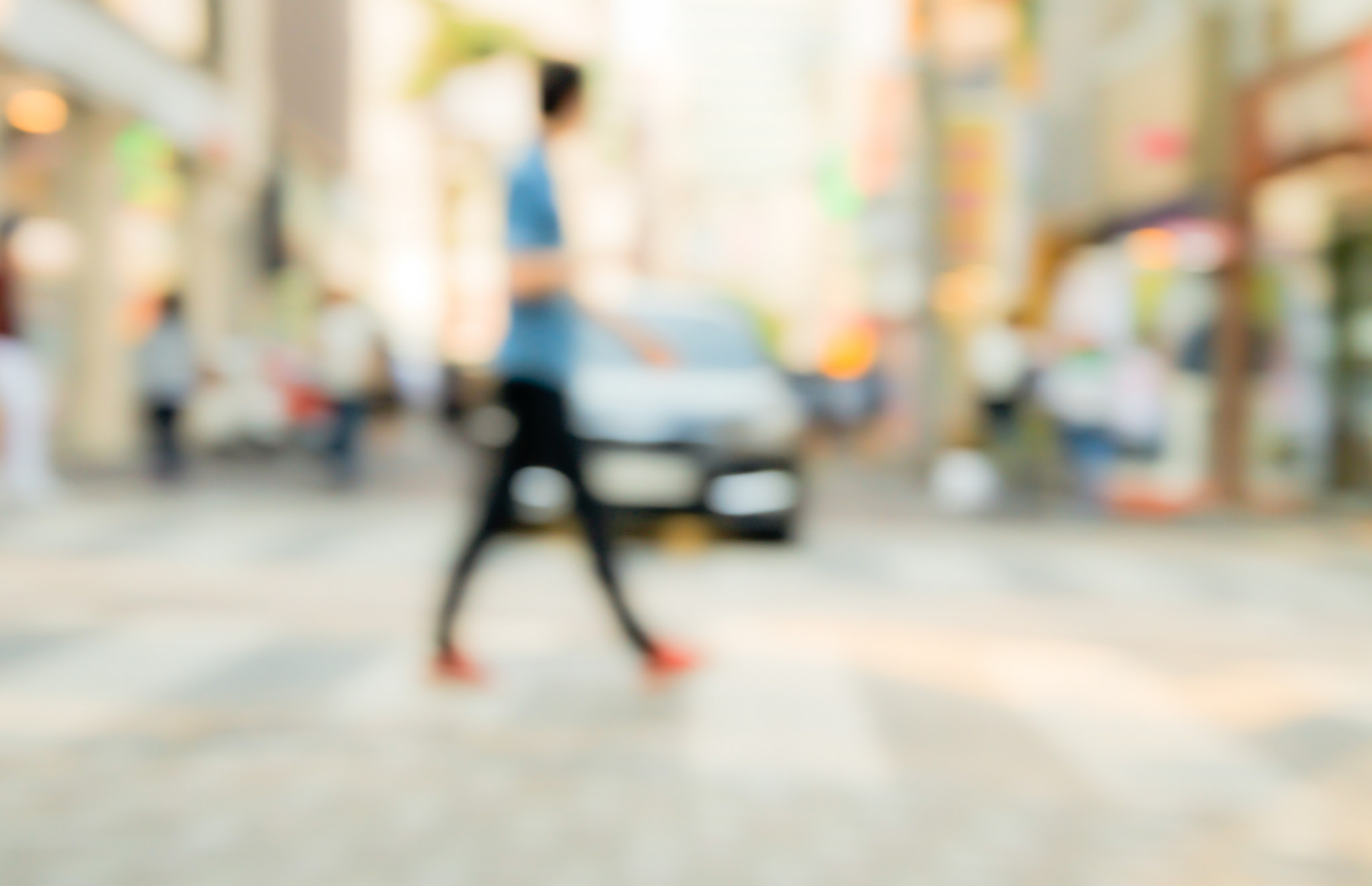When travelling, much to the frustration of my travelling companions, I am not a fan of guidebooks and maps can be like hieroglyphics to me (I just cannot understand them). I much prefer to ask for directions as I am on the go and when I am given directions, listening beyond the first ‘turn right/left’ is a challenge for me. I just know that I can stop and ask someone after that turn. Or even easier, if I am with someone else, is to let them listen. They can do it much more attentively than me. It can work out well. I have no problem stopping and asking people for directions, while some people prefer not to. So, I ask and they listen.
Same goes for guidebooks. I rarely read them before visiting a new place. But, I love to read them after visiting. Ya, this can result in being in places and missing out on some of the sights. It once took me three days to find the main street in Budapest! Luckily, I was travelling alone.
In many ways, I approach street photography in the same way. When I head out on a photo prowl, I do not have a picture in my mind of what I want to find and photograph. I prefer to be open to what may occur. And therein lies the frustration. Scenes and scenarios can evolve so quickly on the street and so many go missed. In densely populated cities, you can become overwhelmed so easily by all that is going on. In an instant so many things can capture your attention and your task is to isolate those split second scenes.
One of the challenges I face is the camera. Not the iPhone; that is set up for me, but the DSLR. As I like to shoot defocused images a lot, very often I have the auto-focus switched off and when something appears before me that I want to get in all its sharp glory, I miss the moment because the settings are not right. It drives me crazy. I tend to shoot on Aperture Priority mode a lot. I set the ISO to suit the light conditions and besides those two things the only other adjustment I make is whether to switch on or off the focus. What happens then is that I may work on out-of-focus shots for a while, then switch back to auto-focus and work on getting photographs that are in focus. Despite posting many out-of-focus photographs, I also do post quite a few in-focus ones.
The collision of coincidences that must occur for a good street shot is so rare, but the one thing that you have to control is your readiness to click. The one thing you need to develop is your sensitivity to scenes and that is a constant challenge. In many ways cameras can be an obstacle to getting a good shot. Life is difficult when there are choices and cameras, particularly DSLRs have a multitude of options. That is another reason why I like the iPhone. It limits those choices. As you can imagine, if I struggle with reading maps, then the numerous combinations and calculations of settings in a camera can leave me befuddled. With cameras, I am a bit like a grandmother with a TV remote control. Once you can change the channel and adjust the volume, what else do you need?
Today’s photograph is not the best. I would have preferred to have the guy a little more in focus, but then if I had readjusted the focus he would have walked out of the frame. So, I didn’t. I just clicked. That collision of coincidences was a little misaligned in this one. Still, I like it.

This iPhone shot is from the street market area in Haeundae in Busan. One of the techniques I use to blur images on the iPhone is to leave the top of my index finger on the lens as I have my thumb of the shutter release. Then I take my finger off and snap. The results can be nice sometimes.
